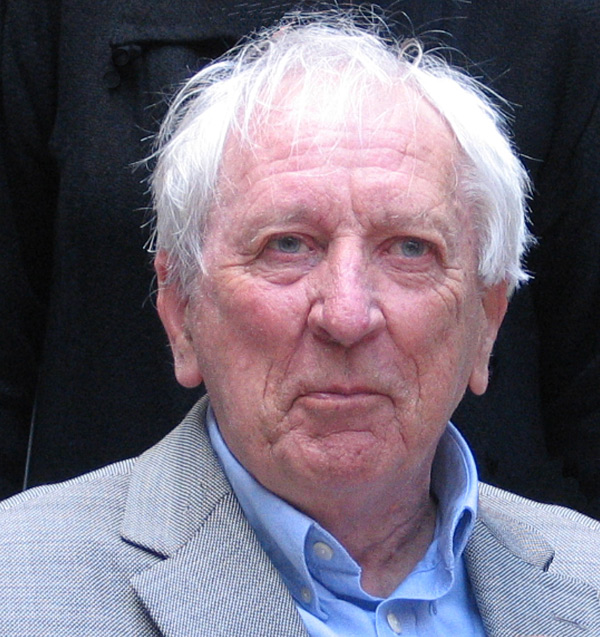Tomas Tranströmer (1931-2015)
Winner of the 2011 Nobel Prize in Literature, Tomas Tranströmer was one of those rare poets who is both acclaimed by scholars and critics as well as beloved by a broad readership in Sweden and internationally. Translated into over 60 languages, his poetry is characterized by powerful imagery, and focuses particularly on the human interface with nature and psychological and emotional isolation.

The Swedish poet Tomas Tranströmer was born in Stockholm in 1931. Winner of the Nobel Prize for Literature in 2011, he ranks as one of Europe’s greatest poets. His work has been translated into over 60 languages; in English he has been edited by notable poets and translators such as Robert Bly, Robin Fulton, Robin Robertson, and Robert Hass. Tranströmer’s friendship with Bly produced an intriguing volume of correspondence: Air Mail: brev, 1964-1990 (2001) (Air Mail: Letters, 1964-1990).
Considering the broad influence of his poetic vision, Tranströmer has published relatively little, just 11 collections of poems, including his debut volume 17 Dikter (1954) (17 Poems), an epic poem, Östersjöar (1974) (Baltics, 1975), and the collection Den stora gåtan (2004) (The Great Enigma, 2006). Contained within these poems is a consistent, highly imagistic, metaphysical language that illuminates and adumbrates intimate perceptions of day-to-day life: a passing truck that rattles the cathedral’s windows during an organ concert; a line of deer tracks like a line of text across the blank snow; or an unanswered letter that surfaces years later and opens up a labyrinth of remembrance.
Tranströmer trained as a psychologist and worked with juvenile offenders for several years. Although he was criticized in Sweden during the 1970s for a lack of explicit political involvement, his poems reflect a concern with human suffering and isolation that belies accusations of aesthetic disengagement.
In 1990, Tranströmer suffered a devastating stroke that paralyzed the right side of his body and impeded his ability to speak. He was able to continue writing with the help of his wife, Monica. He was also able to take up the piano again, playing with his left hand. A regard for music is a hallmark of much of his work and, according to the poet, helped him survive the enforced silence of the stroke.
Further reading:
L. G. Warme, ed., A History of Swedish Literature (Lincoln and London: University of Nebraska Press, 1996).